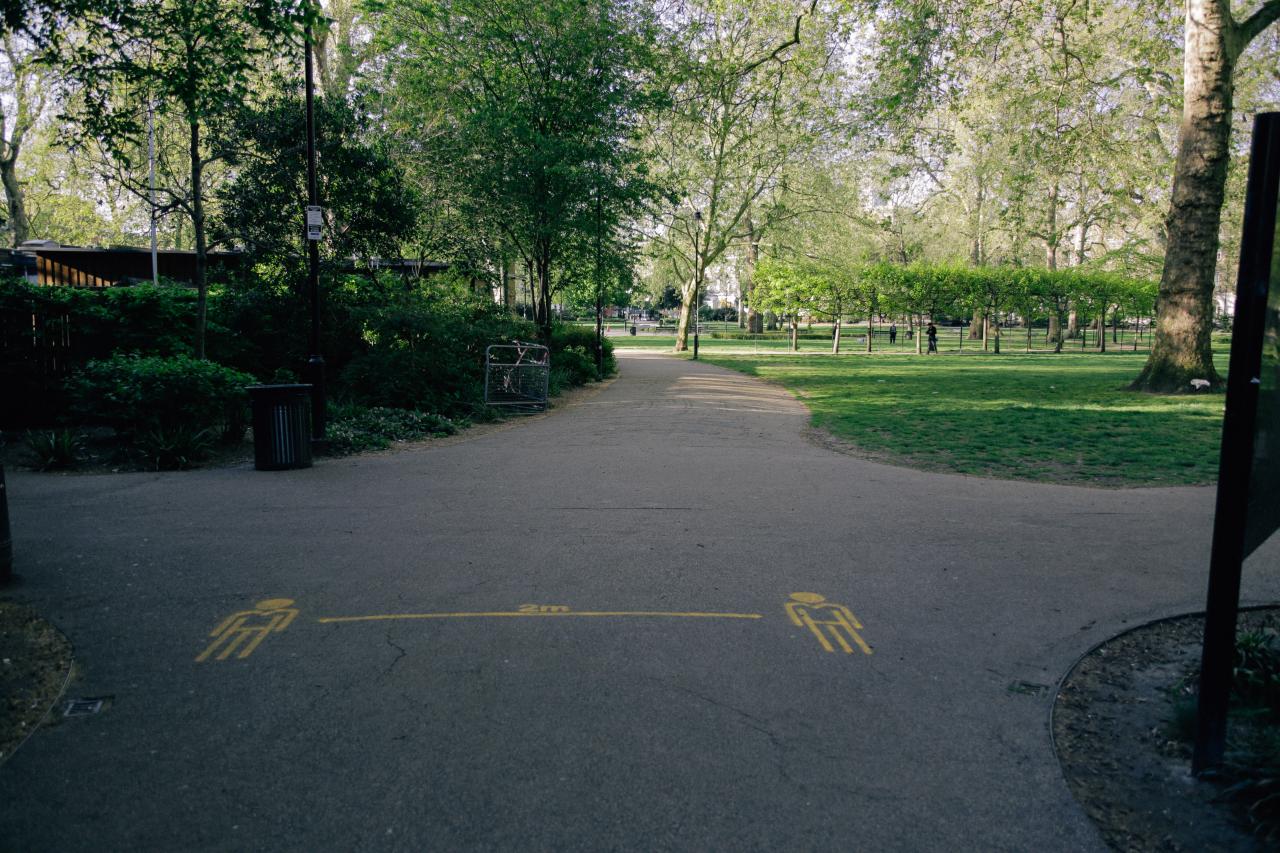
By Dr.Sebastiaan van Herk, lead expert Healthy Cities, and Sofia Aivalioti, Ad Hoc Expert Healthy Cities
The COVID-19 pandemic that has sent the world into lockdown has also affected, but not derailed, progress towards building healthier cities. In fact, it’s only under confinement that many people truly took stock of their living environment - their homes, streets and neighbourhoods - and appreciated the value of accessible green spaces. It was also a time to (re)discover the importance of community and collective health: our health depends on the health of others. This places health at the centre of the debate when re-considering the priorities of urban planning. Out of the crisis, cities can build back better with much more support for city policies in greening, mobility and health, that may well have taken years to build up otherwise. In other words, they can work towards becoming a healthy city.
Urban planning for health and wellbeing
Originally coined as a term in the 1980s by the World Health Organisation, a healthy city sees urban planning as an opportunity to boost citizens’ health and wellbeing. From creating accessible green spaces to reducing traffic, the impact healthy urban planning can have on a person’s mental and physical health shouldn’t be underestimated. Multiple studies have shown that healthy urban policies such as encouraging active mobility and protecting green urban spaces improve life expectancy, healthier babies, fewer mental health issues, and better cognitive functioning. And these are just how it can help people, never mind the environmental benefits and positive contribution to the global climate crisis response!
Collaboration for a healthy city
The idea of collaboration is at the heart of building a healthy city. As explained in this Review on Healthy Urban Planning, “in many urban localities, the municipal units responsible for transport, energy, water, housing, food and health do not coincide, and it makes it difficult to pursue healthy planning objectives. Systems of urban planning and management in western societies tend to rely on specialist agencies pursuing their particular remits largely in isolation.”
Decision-makers understand that a truly healthy city works with and for all the stakeholders - every city department, the private sector, and most importantly of all, the citizens. But in addition to encouraging the different city departments to collaborate, it’s also important to take this idea of sharing knowledge further. Ambitious cities coming together in partnerships like the URBACT Healthy Cities network, to learn from each other as well as working together. This partnership reflects the multiplicity of possible approaches and this is never more evident than in the face of a global pandemic.
So what are cities already doing as part of their response to COVID-19 to help build a healthier environment for their citizens?
With so many people working remotely - a trend that doesn’t seem to be going away any time soon - many cities have taken the opportunity of empty streets to prioritise pedestrians. The healthy cities network has also actively responded to this new reality.
In Vic, a small-sized city in Catalonia, they have increased pedestrian areas and set speed limits for cars in a bid to prioritise active mobility. Already in the works before the pandemic, these measures were accelerated and spread out in the city much faster than initially planned. Loulé, a city in Algarve in south Portugal, is running a scheme to provide school students with bicycles to make it easier for them to commute throughout the city, avoiding public transport and getting in some exercise.
Beyond the streets themselves, cities are also improving their green spaces and encouraging citizens to get active. Alphen aan den Rijn, a municipality in the western Netherlands, has opened three new jogging routes of different lengths through its biggest park, Zegersloot. Anykščiai, a resort town in Lithuania, opened a promenade to connect two pedestrian city bridges, over the Šventoji River. This was a very important step in local urban planning and the route, adapted for pedestrians and non-motorised transport, became very popular among locals and visitors alike, especially during the quarantine. Loulé has organised many sporting events, plenty of them virtually, to boost residents’ spirits, as well as their heart rates, as safely as possible. From dance lessons in parking lots to bike riding lessons, there is something for all demographics! Both Malta and Farkadona (a rural municipality in Greece) have started working on outdoor gyms to encourage safe physical activity, as well as upgrading existing green spaces.
When it comes to greening the cities, these cities have also launched a spate of new initiatives. Pärnu, the fourth largest city in Estonia, extended its central beach. Alphen aan den Rijn developed a private maintenance solution for green buildings with quality checks, named Green-as-a-Service. Anykščiai launched Health through Culture, a unique greening project, this summer. A living green installation of plants and flowers in the main square, it breathed new life into Anykščiai’s rich historical legacy.
All the cities in the URBACT Healthy Cities network went above and beyond - sharing constantly updated information with their citizens, supporting local businesses, and working to help people stay fit and active while following social distancing regulations. COVID-19 clearly highlighted the vital importance of healthy cities - a lesson that will hopefully feed into future urban planning, not only in terms of the value of parks but also the idea that cities can learn from each other and there are so many inspiring initiatives to follow!
